For once, the car park at RSPB Otmoor had plenty of room in it, and as I glanced down the Roman Road as I entered the carpark, I could see one or two people already there, presumably hunting for hairstreaks like I was.
After dutifully putting my RSPB membership card in the window of the car, I walked the short distance back to the Roman Road. I know from previous visits that the brown hairstreaks are usually found somewhere about half way along, but just to be sure, I walked slowly checking the bushes and plants on the sunny side of the path. Although the car temperature had already read 30 degrees, the path I was exploring runs between two tall hedgerows so gave some welcome shade on one side.
As I approached some other people there, they waved to me come towards them and I was shown a brown hairstreak which was on some nettles close to where they stood. I took some photos of the male brown hairstreak and was informed that they had seen about five that morning. The butterfly stayed on the nettle for a while but then started to flutter about and settlein different locations several times in succession, including on the ground. It then opened its wings once before flying off and disappearing. Sadly we didn't it find again and in fact we didn't spot any more brown hairstreaks along the Roman Road. It would have been nice to see a female as they are much brighter coloured; however it is fairly early in the season for them so they may be around later on, although I may not have an opportunity to revisit this year.
Next I continued down the Roman Road before turning left onto the bridleway. This is an area where I expected to find some dragonflies as a ditch runs along side but a little way along, a lady who had passed me earlier along the Roman Road pointed out another male hairstreak to me she had found. A few photographs later, I decided it was really getting too hot to stay longer so returned to the car.
Seeing as I was already the other side of Oxford I opted to drive a further twenty minutes down the M40 to the nature reserve at Aston Rowant. Here I hoped to find some silver spotted skippers. Heading onto the top path of the reserve, it was noticeably quite breezy as well as hot, and any butterflies that tried to fly were quickly blown away! I spotted gatekeepers and meadow browns, chalkhill blues, common blues, whites and brimstones as well as a few peacocks. As for skippers, if I saw any suspects, they were quickly blown away, so I never had the chance to identify them properly. Maybe I will revisit on a cooler day for those as it was getting far to hot to walk for much longer!












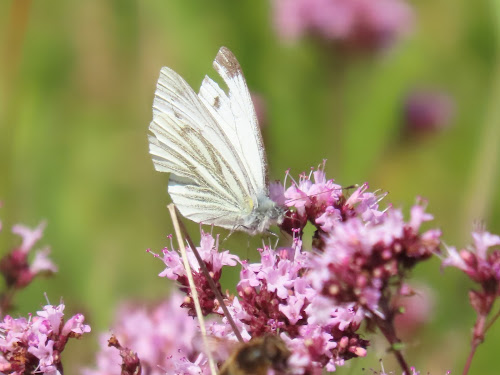

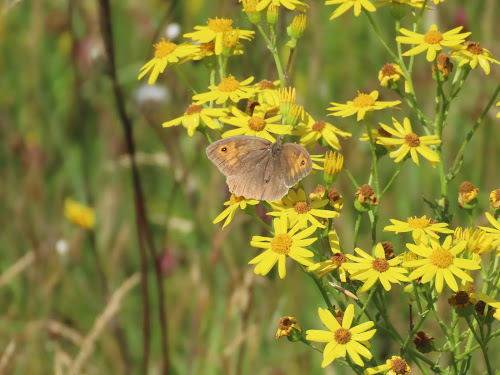







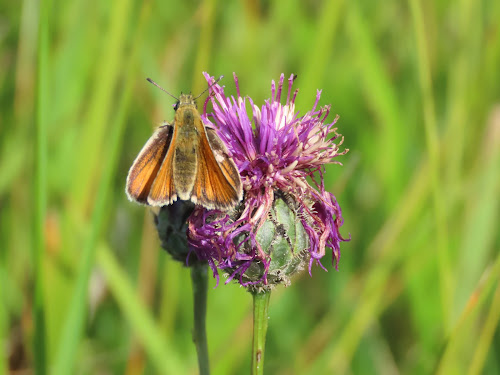









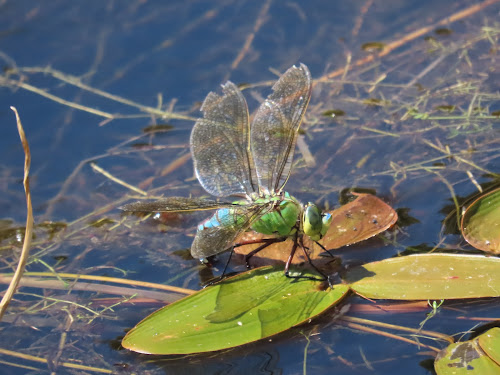







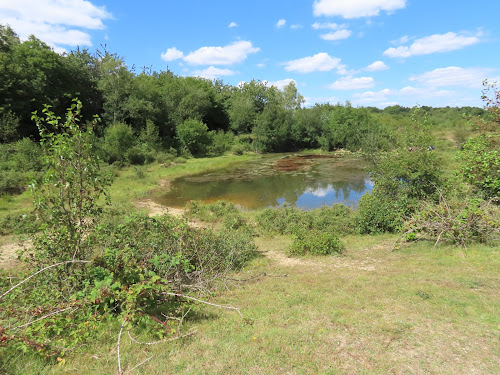
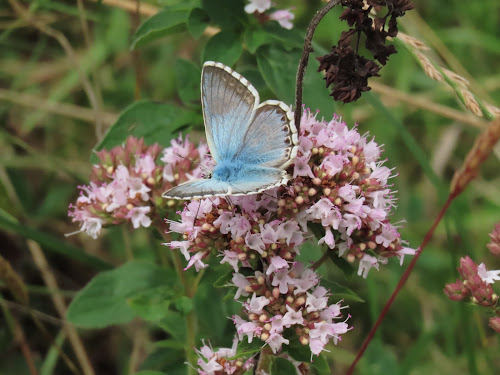










.JPG)
